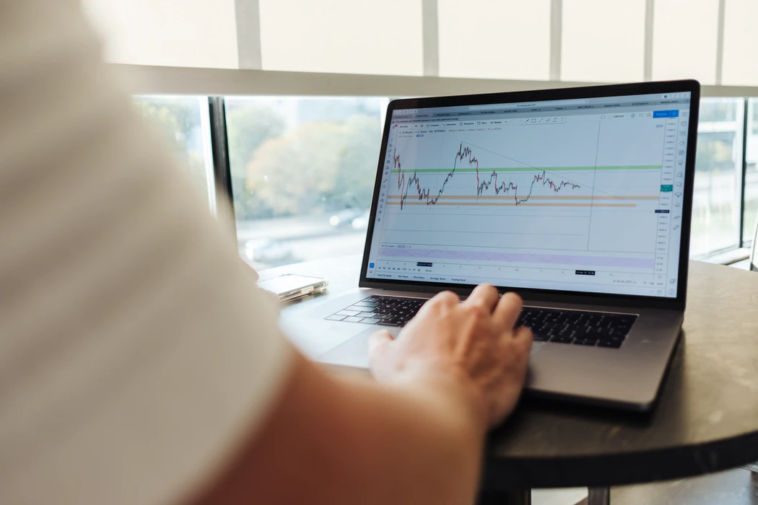Trading cryptocurrencies has its complexities, despite being one of the easier asset classes to trade. This article is all about using leverage and margin accounts to maximise the gains you get from going long and shorting cryptocurrencies. There are some neat tricks of the trade that can be employed as the asset is rising or falling to get more out of the particular bull or bear run. So let’s dive in and start exploring this murky yet fascinating world!
What is leverage
Market leverage is the opportunity to purchase more of an asset that you can afford by using complex money lendings systems offered by exchanges. For example, if you are trading at 2 times leverage you are essentially buying twice the amount of the trade value every time you open a trade. What this means, in the case of 2 times leverage, is that the value of your trade will rise or fall twice as fast as if you were trading with one to one leverage.
Many exchanges offer up to 500:1 leverage which means you are borrowing 500 times what you are investing for every trade but also means you can win 500 times more on the upside or lose 500 times more on the downside. Many exchanges also offer what is called margin trading, margin trading is a form of leverage trading but often the margin level is set at 3 times leverage. Here are some of the best margin exchanges to trade crypto in 2021.
It is vitally important to remember that leveraging your money means you are taking on additional risk of loss. It can be very difficult to make money at 500:1 leverage even if the prospect of multiplying your money by 500 times seems beneficial!
The additional risk of margin trading and leverage
The additional risk associated with the leverage you take on is proportionate to the leverage amount or the margin multiplier. What we mean by this is you’re risking losing your money twice if you are trading with 2 times leverage than if you are using 1 to 1 leveraging.
This is important to remember when buying crypto as if you are a holder or a HODLer you can potentially be stopped out of a trade when the amount dips below a certain value. This value depends on the leverage amount you have of course. Generally speaking you can use fractions to decide how long until you are stopped out. If you are trading with a margin of a 3 times multiplier it will mean that you will have your margin called when the value of the instrument dips below two thirds of its current value.
The additional rewards of margin and leverage
Margin trading and high leverage trading bring substantial rewards if executed correctly. Using these trading features may mean that you can multiply your winnings by untold amounts if you can time the market just right and get in at a spot where you won’t have a margin call or be stopped out due to your high leverage figures.
At 500 to one leverage for example a mere 1 percent gain in the asset value translates to a 500 percent gain in your capital. If you get in at the right time you could be holding on to a 500 percent rise for every one percent rise. In this case you really do have to catch the bottom of the market to be a winner but if you are one of the lucky investors that can do that then you are in for huge rewards.
Compounding your leveraged trades.
If you are looking to hold your trades open for a long time with leverage you should also consider compounding in your gains, especially at lower leverage and margin multiples. What this will mean is you are multiplying not only your initial value every time but every time you compound in your gains you are multiplying the value of your profits and translating them into further leveraged values.
An example of this is if you are leveraged by two times and you have $100 in the market that rises by 1 percent you will make two dollars. If you decide not to compound you will still have the $100 working for you in the market and making gains, however if you do decide to compound in your $102 in the market you will have $204 working for you in the market as opposed to $200 at the 2 times leverage.
Compounding can be a great way to get additional gains out of the market and in all reality get additional capital into the market in the first place.
The leverage and margin story
In the end of the day what is important to remember is that you can both make and lose more money when you are working with leverage and margin so the speculative risk is always higher when considering this option, but so is the reward.
Disclaimer: This is a third-party submitted article. Blockgeeks does not endorse, nor is responsible for any material included below and isn’t responsible for any damages or losses connected with any products or services mentioned in this article.
The post Using leverage and margin to your advantage appeared first on Blockgeeks.





 BTC-USD
BTC-USD  ETH-USD
ETH-USD  LTC-USD
LTC-USD  XRP-USD
XRP-USD